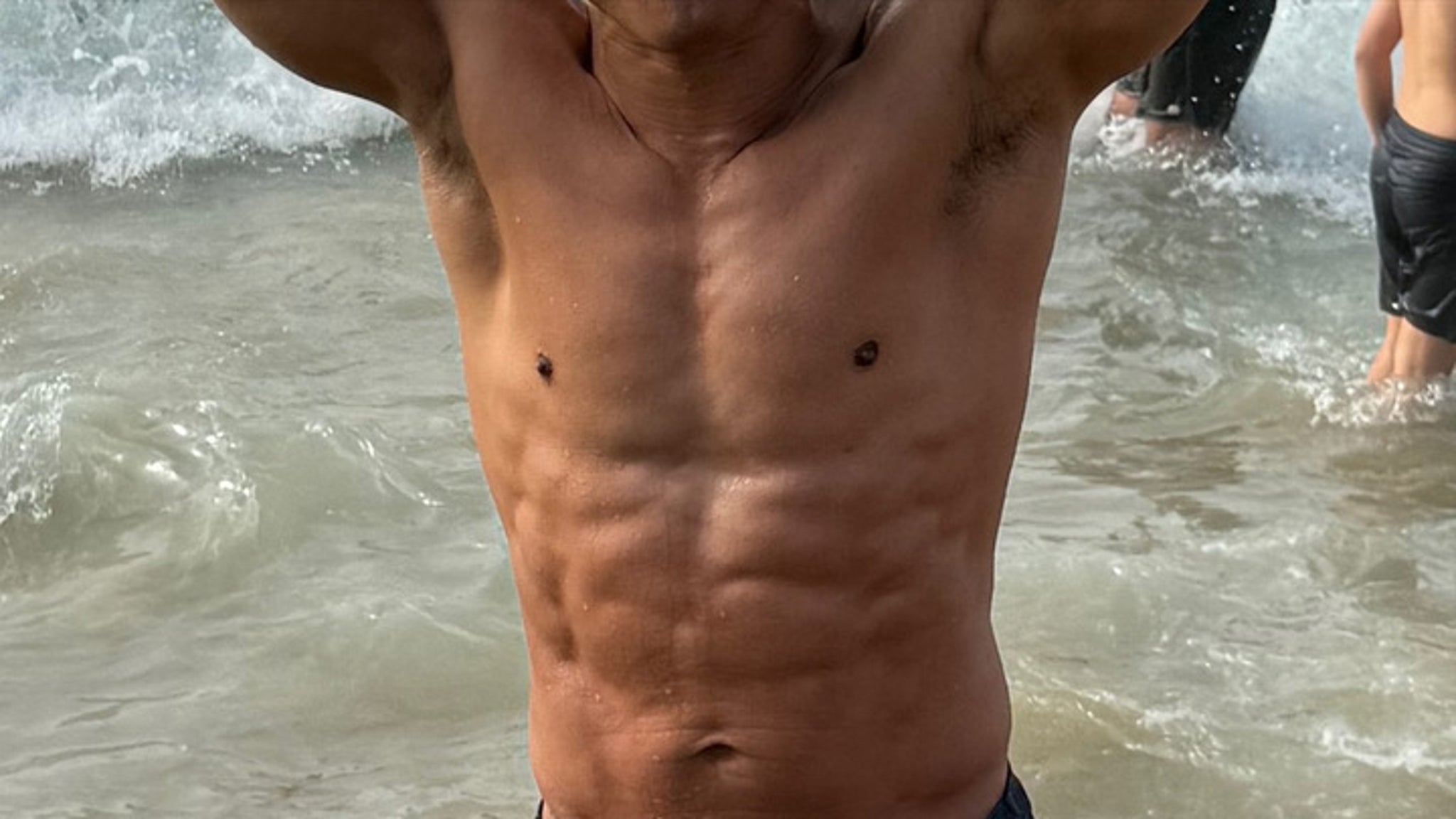Food
How Chablis Winemakers Are Fighting Back Against Climate Change

Good Chablis is the most distinctive chardonnay wine in the world. I’ve long been convinced of this, and a wine I drank on a recent visit to Chablis reaffirmed my conviction.
It was a 2015 Montée de Tonnerre from William Fèvre, one of Chablis’s best producers. The wine was saline and stony, like drinking liquid seashells. It may sound strange, but it makes sense given that the best Chablis vineyards have Kimmeridgian limestone bedrock and soils, composed partly of fossilized shellfish.
Chardonnay is the world’s most popular wine grape, grown almost anywhere that people make wine. Great chardonnays abound, including some reasonable approximations of the best white Burgundies from the Côte de Beaune, the heart of white Burgundy production. But never have I had a chardonnay that remotely tasted like Chablis, despite claims from wineries worldwide that their wines were “Chablis-like.”
What gives Chablis that singular underlying mineral tang that tastes like no other wine? It’s partly those soils, but also the entirety of its terroir. Chablis is the northernmost part of Burgundy, about 90 miles northwest of the primary white Burgundy regions, on the jagged edge of where, historically, chardonnay could grow.
There, the geology, climate, topography and the beliefs and practices of Chablis’s vignerons combined to produce this remarkable wine. It’s been a fragile equation for decades, as, for much of the 20th century, vignerons struggled to ripen their grapes sufficiently to soften the sharp angles of a wine that could easily be all elbows and knees.
But now the changing climate threatens to upend this delicate balance. As the planet warms, can Chablis retain its particular character. Would it still be Chablis? Or just another chardonnay.
Over four days visiting with producers last November, the consistent message was that climate change was indeed a major threat, but not strictly because of hotter temperatures. It was the catastrophic events that have become so much more frequent in the warmer climate — hail, spring frosts, relentless rains or prolonged droughts — that posed the bigger threat.
“The weather has become much more aggressive and violent,” said Julien Brocard, who manages Domaine Jean-Marc Brocard, founded by his father, one of the largest estates in Chablis, as well as his own smaller estate, Julien Brocard. Because of these climate disasters, he said, the vines were becoming more fragile.
“Chablis becomes chardonnay if the vines are not healthy,” he said at the estate in the small town of Préhy. “Our work is to keep minerality, freshness and acidity, and we can do this. It was easy to extract minerality in the past. Now we have to do more work.”
Since he started working with his father in 1997, Mr. Brocard has converted much of the estate to organic farming and parts of it to biodynamic. All the Julien Brocard wines are biodynamically grown.
The difference is apparent in the wines. Those made from biodynamically farmed grapes, like the 2022 Julien Brocard from the premier cru Vau de Vey vineyard, are purer, deeper, more textured and precise.
But a vintage like 2024, which began with frost and hail, followed by three months of continual rain, has convinced Mr. Brocard that organic or biodynamic farming is not enough.
“Many in Chablis stopped organic farming in ’24 because the vines were overwhelmed with mildew,” he said. They resorted to chemical sprays to preserve part of their crop.
Instead, Mr. Brocard is part of a movement to add biodiversity to Chablis’s monotonous landscape, which is dominated by grapevines. He is planting trees in and around vineyards, adding small bushes and cover crops, and letting the vines grow higher rather than trimming their tops.
The idea is to increase soil health, prevent erosion and strengthen the ability of the vines to withstand diseases and violent events.
“Naked soil is damaged soil,” he said. “Monoculture is not good. We must accept losing part of the vineyard territory.”
His hope is to plant 30,000 trees over the next decade, and to persuade his fellow vignerons to join in.
“We have to engage neighbors and convince them,” he said. “Not enough people are doing the work, but they are searching.”
Eduard Vocoret, who with his wife, Eleni, makes fresh, subtle wines full of character just outside the town of Chablis, was one of those organic farmers who had to revert to chemicals in 2024. He says he had no choice.
“Financially, I could not sustain,” he said. “The bankers do not care if you are organic. I hope it’s the only year I have to do that. You want to stay organic, but you have bills to pay.”
It’s doubly frustrating for him because he broke off from his family’s large estate precisely because he wanted to focus on a small estate where he could farm organically and make the best possible wines.
But the 10 to 15 years of warmer weather he has experienced have left him unsure of the best methods in the future.
“Change rootstocks? Grow the vines higher?” he asked. “There are many things we don’t know. I have lots of questions.”
Like Mr. Vocoret, Athénaïs de Béru of Château de Béru, believes climate change has created a lot of unknowns. Ms. Béru, whose estate is situated around a 13th-century château on a hill, has been farming biodynamically for 15 years, and organically for 20. But the once-predictable growing season has been disrupted by the changing climate.
“The vineyard awakens three to four weeks earlier than before,” she said, making the tender young plants particularly susceptible to spring frosts. In 2016, she lost her entire crop to frost, causing her to rethink when and how she prunes the vineyard.
“The whole cycle of the vine is disorganized,” she said. “Fermentations are different, we pick earlier, the yeast of August is different than the yeast of October, and the bacteria is different. But if you pick at the right time, you can still make Chablis.”
Regardless of the difficulties she faces, the recent Béru vintages are gorgeous. A 2022 Côte aux Prêtres, made without sulfur dioxide, a widely used antioxidant, is super saline and finely structured, while a 2021 Clos Béru, from a vineyard with walls from the 12th century, is fresh, energetic, textured and marine.
“We have to adapt, we are working with nature,” she said. “There is not only one taste of Chablis. There are as many tastes as there are hills and terroirs. A lot of things change. We don’t want to make the same wines as 50 years ago.”
Adaptation is the message one hears all over. Didier Picq of Domaine Picq in Chichée, which makes almost textbook racy, tense wines, says the climate of Chablis is now like the climate 15 years ago in Mâcon, 135 miles to the southeast, the southernmost part of Burgundy. Yet his wines are still discernibly Chablis.
“The vines have the capacity to adapt,” he said. “The wines are easier to drink now, but will they age in the cellar? We don’t know.
“What’s right today may not be right tomorrow. You have to be humble and listen to the plants. You cannot try to dominate the vine.”
Didier Séguier, the director of Domaine William Fèvre, which made that 2015 Montée de Tonnerre that I found so stunning, is optimistic about the future, although he occasionally has doubts.
“For now, we are able to keep our identity,” he said. “In the future, perhaps not.”
Fèvre farms organically and biodynamically. It’s a large, well-financed estate, so it was able to withstand losing 90 percent of its crop in 2024 to mildew. In 2004, Mr. Séguier said, Fèvre invested roughly $40,000 per acre to string electric cables in its vineyards to warm young shoots and buds in case of spring frosts.
“It was very expensive, but also economical,” he said. “In the long run, it’s more sustainable and cheaper than candles,” the traditional method of battling frost.


























